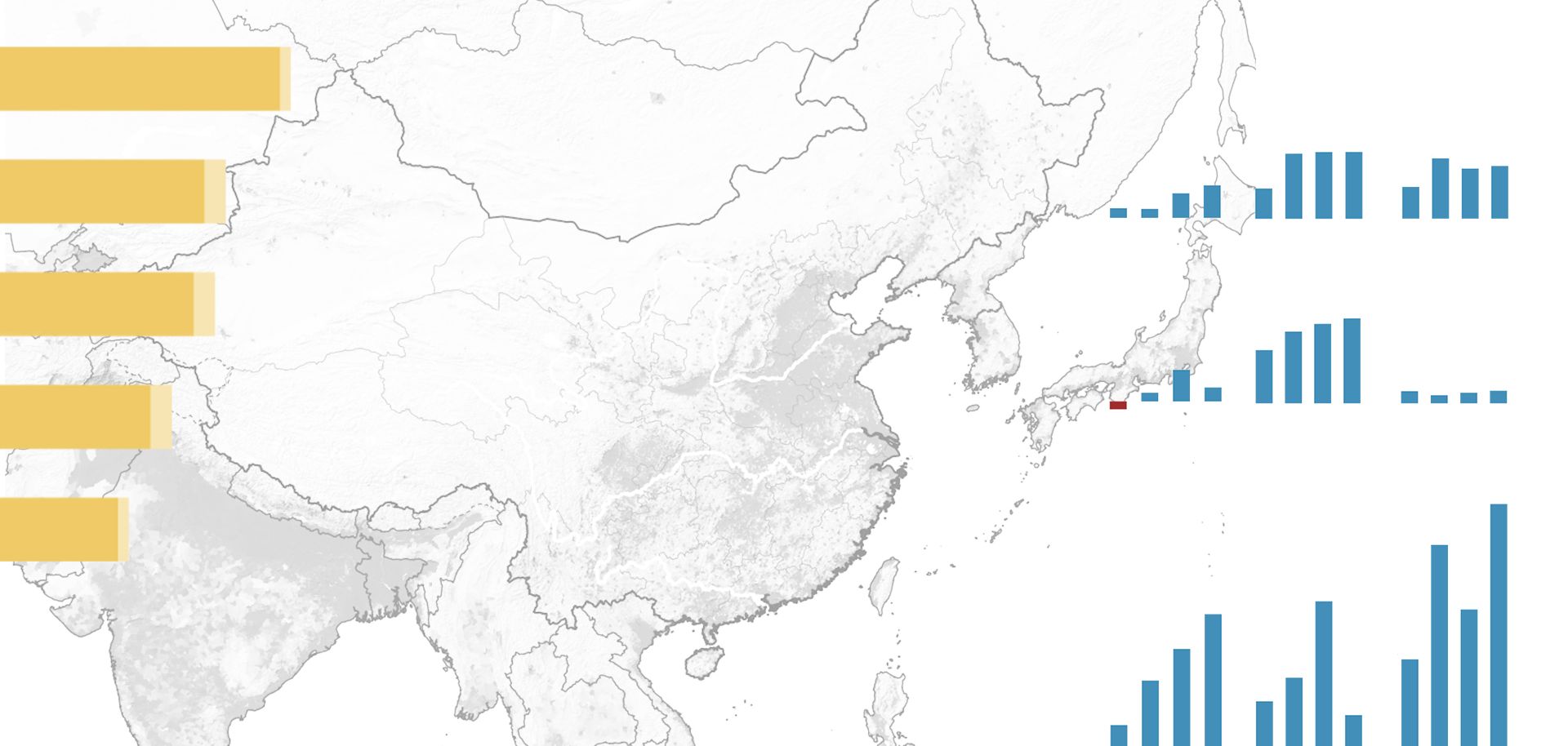
Beijing intends to reorganize China's seven military regions into five military zones tasked with overseeing domestic and international security issues. Each zone reportedly will be coordinated by a joint operations command with control over the army, navy and air force, as well as a strategic missile unit, in its area of responsibility. The effort is a key part of a broader reorientation of the Chinese military from a force focused largely on domestic defense and internal security to one better able to meet emerging external threats.
A Yomiuri Shimbun report released in January provides few details about the demarcation of the new military zones. At the core of the plan, however, three of the zones will be designed to cover the Yellow, East and South China seas and take over functions that currently fall across three military regions (Jinan, Nanjing and Guangzhou) within five years. Meanwhile, China's inland provinces will fall under the control of two additional zones covering most of the Beijing, Shenyang, Chengdu and Lanzhou military regions. This move would be part of China's decadelong effort to strengthen the military's combat capability and professionalism. According to the latest report, the People's Liberation Army will also be downsized somewhat (particularly its ground forces), from 2.3 million personnel to around 2 million, and plans call for three carrier battle groups to be launched by 2020.
The restructuring of the military fits China's broader imperative to centralize and better coordinate strategic policy planning. Its current system is too diffuse. The military has been making strides in this direction for more than a decade, consolidating logistics and support services, raising education requirements and training and accelerating interoperability training among the military's various branches and area commands. The military has also informally become more active in foreign policy debates (or it has at least been participating with a louder voice), and the reforms may solidify and formalize this role.



